Archives
- 2025-12
- 2025-11
- 2025-10
- 2025-09
- 2025-03
- 2025-02
- 2025-01
- 2024-12
- 2024-11
- 2024-10
- 2024-09
- 2024-08
- 2024-07
- 2024-06
- 2024-05
- 2024-04
- 2024-03
- 2024-02
- 2024-01
- 2023-12
- 2023-11
- 2023-10
- 2023-09
- 2023-08
- 2023-07
- 2023-06
- 2023-05
- 2023-04
- 2023-03
- 2023-02
- 2023-01
- 2022-12
- 2022-11
- 2022-10
- 2022-09
- 2022-08
- 2022-07
- 2022-06
- 2022-05
- 2022-04
- 2022-03
- 2022-02
- 2022-01
- 2021-12
- 2021-11
- 2021-10
- 2021-09
- 2021-08
- 2021-07
- 2021-06
- 2021-05
- 2021-04
- 2021-03
- 2021-02
- 2021-01
- 2020-12
- 2020-11
- 2020-10
- 2020-09
- 2020-08
- 2020-07
- 2020-06
- 2020-05
- 2020-04
- 2020-03
- 2020-02
- 2020-01
- 2019-12
- 2019-11
- 2019-10
- 2019-09
- 2019-08
- 2019-07
- 2019-06
- 2019-05
- 2019-04
- 2018-07
-
To date attention has been directed towards new molecular
2024-08-09

To date, attention has been directed towards new molecular targets in luminal phenotype (ER-positive), such as CDK4/6 and, to a lesser extent, androgen receptor (AR) pathways [8]. While the role of CDK4/6 has been elucidated and their inhibitors have shown a benefit in luminal BC, the role of AR in
-
The chronic induction of skeletal muscle AMPK activity is an
2024-08-09
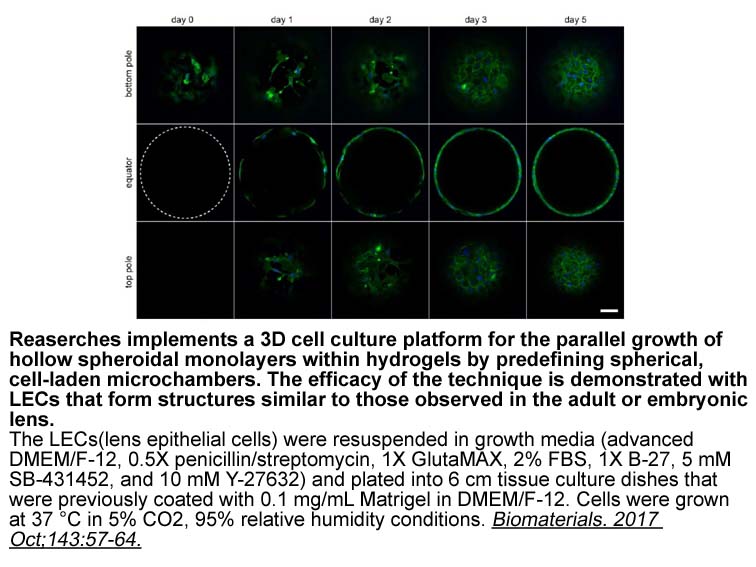
The chronic induction of skeletal muscle AMPK activity is an attractive therapeutic approach for DMD, as it addresses multiple cellular pathways needed for powerful phenotypic plasticity, including activation of the slow oxidative myofiber program, corrective autophagic signaling, as well as regulat
-
br Results br Discussion Using primarily an electrophysiolog
2024-08-09
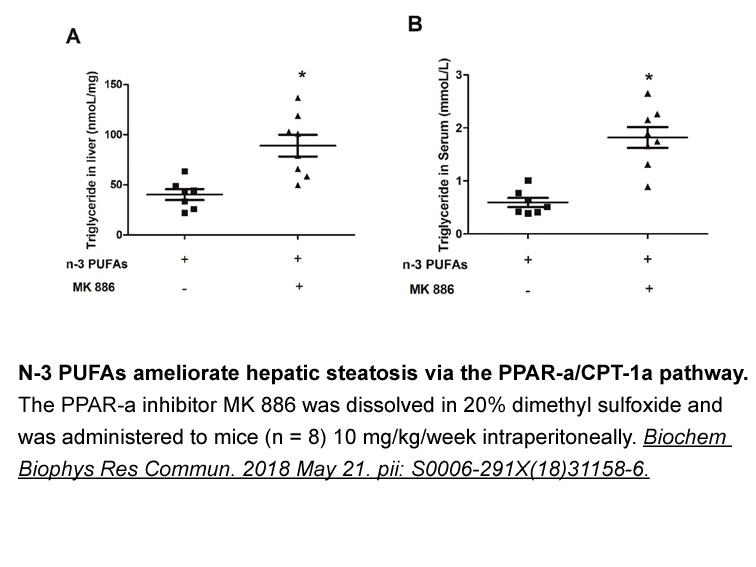
Results Discussion Using primarily an electrophysiological analysis of dysbindin-deficient hippocampal neurons in cultures and slices, we have uncovered a previously unreported role for dysbindin in enhancing CA3–CA1 AMPAR-mediated transmission. An earlier study, however, has reported a reduct
-
ERAP has been crystallized in
2024-08-09
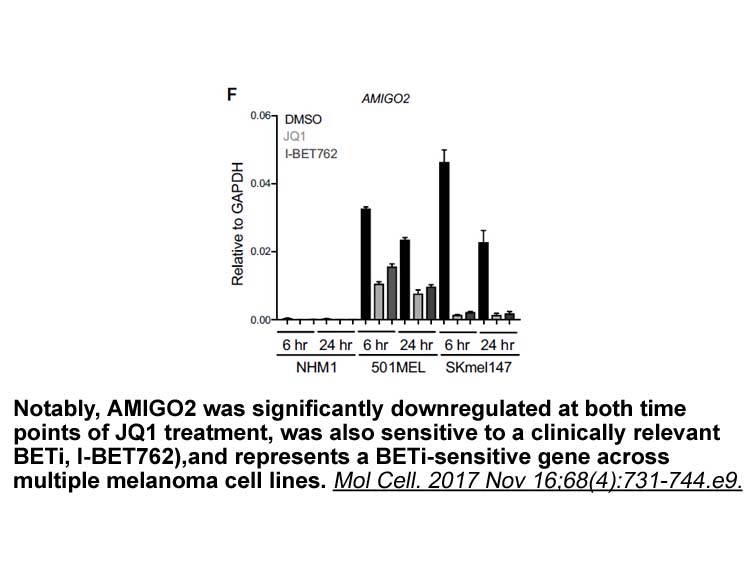
ERAP1 has been crystallized in two different conformations, wherein the C-terminal domain IV is either closely interacting with domains I/II and enclosing the active site (termed ‘closed’), or is rotated away in a hinge motion which exposes the active site (‘open’). This large motion correlates with
-
In conclusion we identify in
2024-08-09

In conclusion, we identify in this report the molecular nature of the 12- and 15-lipoxygenases in M. mulatta and P. pygmaeus and also that the expression of the rhesus enzyme in lung epithelial cells is regulated by interleukin-4. The switch from a mainly 12-LO enzyme to a mainly 15-LO enzyme during
-
In large biopsies series from ALK NSCLC
2024-08-09
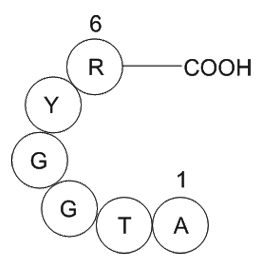
In large biopsies series from ALK+ NSCLC treated patients, the number of detected mutations increased after second generation ALKi (Gainor et al., 2016) and in one study were present in 56% of the entire cohort (Shaw et al., 2013b). For example, the rate of G1202R mutations increases from 2% in post
-
Overexpression of AR in a transgenic mouse
2024-08-09
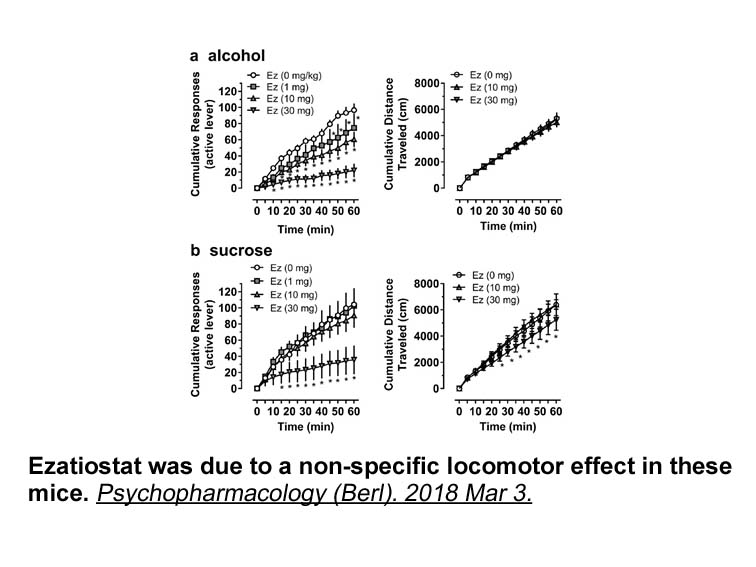
Overexpression of AR in a transgenic mouse model leads to a capsular cataract phenotype involving proliferation and formation of a fibrotic plaque of cells reminiscent of cells at the posterior Capecitabine in PCO [17]. To investigate the molecular mechanism that could link AR expression to this ph
-
Alda 1 australia In this study for the first instant we
2024-08-09
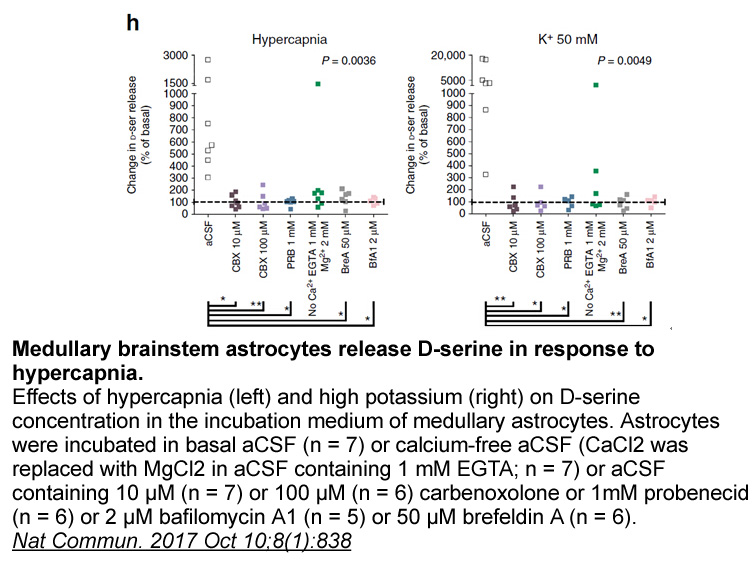
In this study, for the first instant we report the characterization, production and in silico structural analysis of BADH1 gene in B. haloduranss SMBPL06 isolated from the salt pan. Moreover, the sequence analysis of betaine aldehyde dehydrogenase from B. haloduranss SMBPL06 displayed several base s
-
The fact that Yoda can activate Piezo in the
2024-08-09

The fact that Yoda1 can activate Piezo1 in the absence of other cellular components other than a cell membrane [2], suggests that it may directly interact with and activate Piezo1. However, this does not preclude Yoda1 from interacting and activating non-Piezo channels, particularly in endothelial c
-
AMPK is a serine threonine protein
2024-08-09
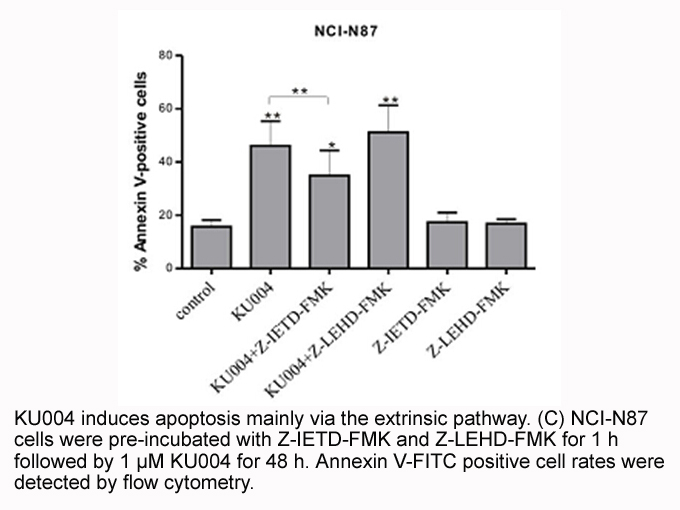
AMPK is a serine/threonine protein kinase composed of a catalytic α subunit with the activating phosphorylation site (Thr172) and two regulatory subunits, β and γ. The two AMPK variants, α1 and α2, show different cellular localization in mammalian cells. AMPKα2 is detected in nuclear and non-nuclear
-
In the past few years several experimental findings have
2024-08-08
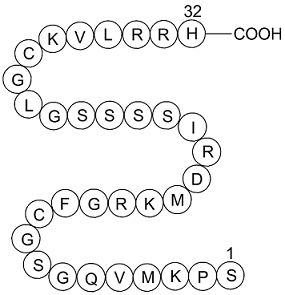
In the past few years, several experimental findings have demonstrated a pivotal involvement of adenosine also in driving the phenotypic switch of macrophages. In particular, the stimulation of A2A and A2B receptors seems to play a critical role in switching macrophages from M1 to M2 phenotype [37,6
-
In addition to pH regulation by ion counter fluxes acidifica
2024-08-08

In addition to pH regulation by ion (counter-) fluxes, acidification is regulated by the abundance of V-ATPase on organelles, by the pumping activity of the complex and by proton leakage. In yeast, the V-ATPase VO subunit a is the only subunit expressed in two isoforms termed Stv1p and Vph1p. V-ATPa
-
These recommendations may be useful for the
2024-08-08

These recommendations may be useful for the future to avoid misleading reports and pairings. However, the existing literature can also hold back current research on some given orphans. Before entering into drug development or further physiological conceptual framework, these pairings should be thoro
-
br Concluding remarks It is clear
2024-08-08
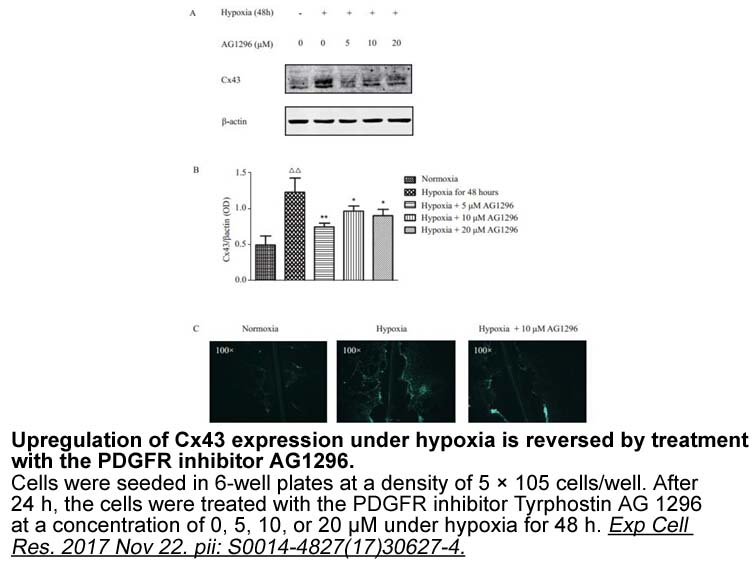
Concluding remarks It is clear that a disordered l-arginine homeostasis by changes in arginase, NOS and ADMA activity and expression, is not only vital in the chronic airway diseases, cno stock receptor and COPD, but also seems to play an important role in many co-morbidities. Unknown, however,
-
In this study we first
2024-08-08

In this study, we first determined whether AIF in bovine LT muscle is expressed and the mitochondria released AIF-mediated apoptosis during postmortem aging. For apoptotic issues, the mitochondrial outer membrane is permeabilized, and AIF translocates to the cytosol and to the nucleus, where it indu
15978 records 102/1066 page Previous Next First page 上5页 101102103104105 下5页 Last page